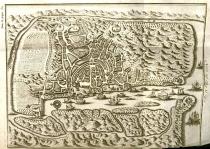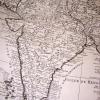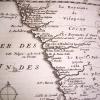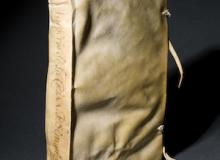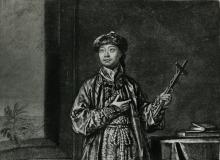Goa
Portuguese entry into Asia waters rapidly developed after the successful rounding of the Cape of Good Hope by Vasco da Gama in 1498 and by 1510 the naval commander Alfsonso de Albuquerque had established a military foothold here. Located on the western coastline of India, halfway up the land mass, the port afforded the Portuguese sailors and soldiers access both to the trading routes in the Indian Ocean and the Arabian Sea (which in turn connected to the Mediterranean, both through the combination of the Persian Gulf and then overland routes through the Middle East, as well as via the Red Sea). It was also an important link to the maritime routes east towards the Spice Islands, China and Japan.
Goa thus became an important center of operations for Portuguese expansion into this lucrative trading sphere and given the superiority of their martial technology at this time (especially in relation to guns and cannon), they further established footholds in other ports, often through force of arms. The famous example of this was at Malacca, where Albuquerque won a significant victory in 1611.
The missionaries followed the traders – and in some cases throughout the region, even preceded them – and soon Goa also became an important hub for the Jesuit enterprise in Asia. Xavier landed here on his way east, as did all the major Jesuit missionaries to China until the entry of French missionaries in the latter part of the seventeenth century. They simply bypassed the Portuguese settlements where they could. For those who did stay in Goa, (remembering that under the terms of the Treaty of Tordesillas they were obliged to do so), it became an important place of study, of work and of rest. Those Jesuits who were awaiting assignment in China or Japan would study and work here in the college, or in churches and missions before moving further east, and Jesuits who were returning to Europe (especially those who were procurators) would wait here for the means to continue their own journeys west. Goa thus became an important place of cross-cultural exchange, although here the best and worst of Portuguese imperial expansion was also on display, with slavery a mainstay of the economy and the Inquisition a harsh presence.
